

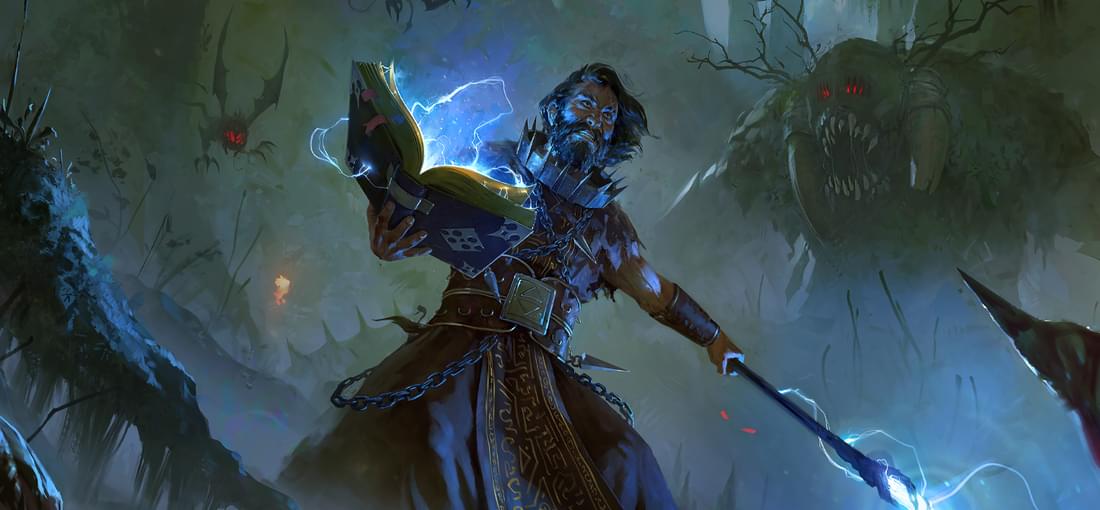
I came across this game after a bought of playing Hexen, which was a wave of nostalgia; this was a recommendation. It has a lot of the look and feel of the Hexen/Heretic world. It even has a similar beginning as Heretic II - you arrive at the docks to a town that is ridden with plague. The story, and progression, is far more grounded, and also a lot more linear. You still have to find the Water Key for the Water door, but you're not looking for three other keys and trying to find out the exact order you have to use them in to solve whatever puzzle your on. Instead, you're nominally exploring areas trying to find a way to progress, fighting enemies that, if you let your guard down, will cause a significant hinderance. These are not criticisms, these are observations. I can tell that they studied what worked, and didn't work, with Hexen and improve upon the design. On paper, it is an improvement. But the combat doesn't strike me as engaging, and navigating through maps/levels does seem to be a bit of a slog. It's a competently put together game, and I'm going to continue playing through it. There is just a certain je ne sais quoi missing. I wish I could give more input. ... I hate the fliying enemies that spit poison. Those are truly the worst part of the game.

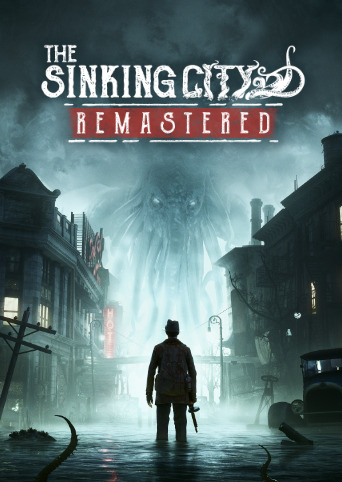
As a HP Lovecraft aficianado, I loved The Sinking City. It was great mix of investigative gameplay, environmental story-telling, and light combat. It didn't excel and any one thing, but there was enough elements mixed together that it came out as just a good game. I'm only a couple hours into the remaster, and I don't see any drastic changes - which I'm sure other people will consider a blessing. I note that there's updated video settings for modern hardware, and the textures seem to have received an overhaul. You can change the difficulty with the combat/investigations, which I don't recall being able to do. I haven't been in combat enough to note big changes, but I don't play the game for the combat anyway. Worth the playthrough, for certain.
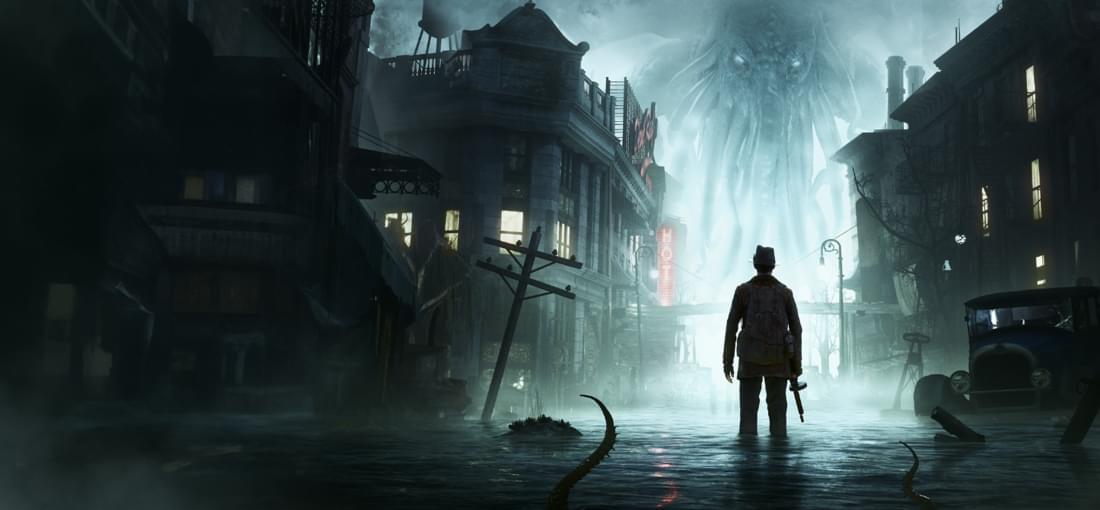
This is the type of game where if you like atmosphere and immersion, you'll likely love this game. If you like collecting things, you'll like it even more. It's the type of game where you can tell they put a lot of time and effort into the world-building aspect of the game. Some of the mechanics, notably combat, are a little janky, though. Most combat is avoidable. That said, combat and navigation throughout the gameworld is, notaby, harder than what it needs to be - this is by design. The weapons aren't hard to aim, but ammo is sparse and the pistols aren't a gamechanger anyway. If you're not careful, it's easy to run a magazine dry and be overwhelmed - but, again, this is by design. Similarly, although you have a map and a compass to navigate the world, there is no minimap for convenience, and you have to place your own map markers - expect a lot "screen swapping" as you navigate through the city, and if you're a person who has issues navigating by map, you'll find yourself frustrated. Again, this is by design. (You're a 1920s detective!) Fast travel is also limited. A lot of the quests/missions are navigating to an area, exploring it to find clues/information points. They mix up progression with the Mental Palace to piece clues together into different "thought strings" and you also have an alternative vision that can help you see paranormal things. It's neat. I just passed 8 hours and I've done a handful of investigations. I like the look and feel of the game, and the gameplay dynamics they tried to implement. It's rough around the edges, but it's still serviceable.

Clive Barker's Undying was a game both ahead of its time, and a product of its time. How is this juxtaposition possible? Well, listen, and find out. Undying is an atmospheric, story-line-driven FPS made with the Unreal Tournament engine, based in the 1920s in a fictional place, with mixed themes of both classic Gothic horror and a slight tinge of the cosmic horror brought about by HP Lovecraft. With all that said, you play as Patrick Galloway, a veteran of WWI and paranormal investigator, going back to his war-buddy's (Jeremiah Covenant's) estate to help with strange happenings... The gameplay is a product of its era: You kill monsters, fight bosses, and solve level-based puzzles in a way that is very akin to the classic "key-fetching" genre of FPS games, although this key-fetching in its highest form, with the puzzles fitting to the levels. What is different is the inclusion of upgradable spells, and ammo types for weapons. Furthermore, some design choices, like an in-game journal, and radial-dial menus for weapon and spell selection really add quality of life and mark the game as ahead of its time - these are game design aspects which wouldn't be fully capitalized on or popularized in gaming for another five years. That said, where the game really shines is the atmosphere - it feels that you are running around on a creepy estate where the fabric of reality is wearing thin and strange things are afoot. Major kudos to the sound designer! You can tell they put a lot of work in that area. If you are looking for an action-shooter with weird and interesting things, this is the game for you. There are a variety of enemies and ways to kill them that it'll warrant a couple playthroughs. If you're a casual gamer, you may become frustrated with juggling your inventory and switching between weapons/spells, especially in the heat of combat. If that sounds like something you might get angry with, I recommend playing the game on easy - but still give it a shot!
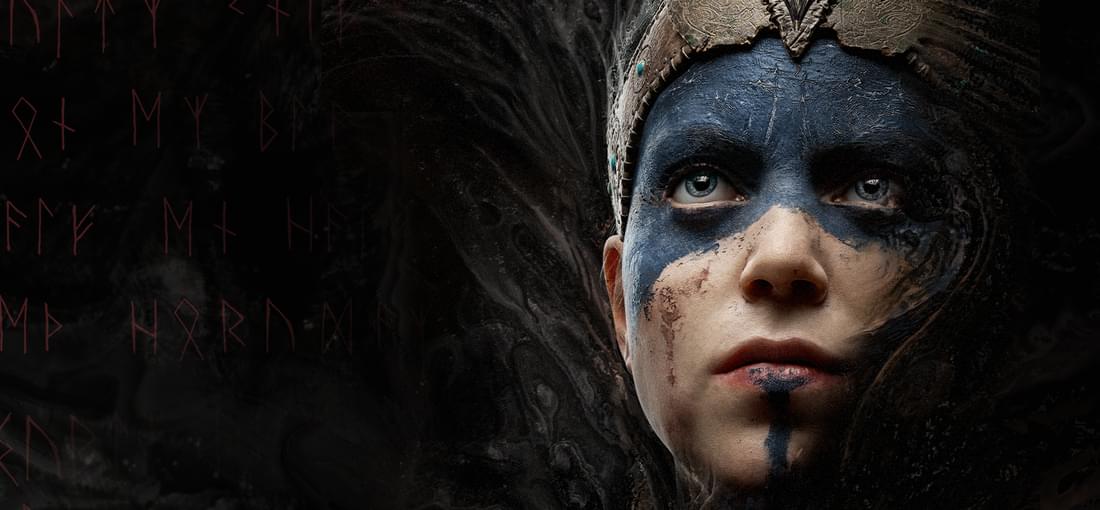
Ninja Theory hit all the marks, and deserves all the allocades for creating this work of art. Above all else, Hellblade, Senua's Sacrifice is an experience. Those that love an immersive story and setting will thoroughly enjoy Hellblade. Those that are looking for an action hack-and-slash will find something here, and if you're looking for more of a puzzle-game, there is something here, too, but Hellblade is a concert of these things and so much more. Distilled down into its basics, Hellblade is an over-the-shoulder-third-person action game where you explore areas trying to solve a puzzle to progress forward to the next area, and each area-puzzle has a theme that fits with both the setting and the narrative of your character's (Senua) progress. Phew! That's a lot to say and take in. Furthermore, these areas are peppered with combat encounters. Permeating all of this is the knowledge that Senua has visions and delusions, so her quest is as much allegory and spiritual as it is literal. Some complaints about Hellblade may be that the types of enemies are limited, and, similarly, the kinds of puzzles are limited, too. This can be considered true, but the enemies and puzzles you encounter in the game are fit to the theme of the narrative, and while the variety may be lacking, the game still does a good job of increasing the difficulty of what you encounter throughout the game - in other words, it's properly paced. If there is something that the game actually can be marked down for it would be how, when surrounded by enemies, they don't necessarily behave as they should - rather than all trying to attack at once, it will be whatever enemy you are focused on that will primarily attack, while other enemies will not attack as often as they should. This "feature" is one of the downsides of a game designed for cross-platform, a condition sometimes perjoratively labeled "console-itis." Overall, Hellblade is a well-designed game providing a rich experience - try it!
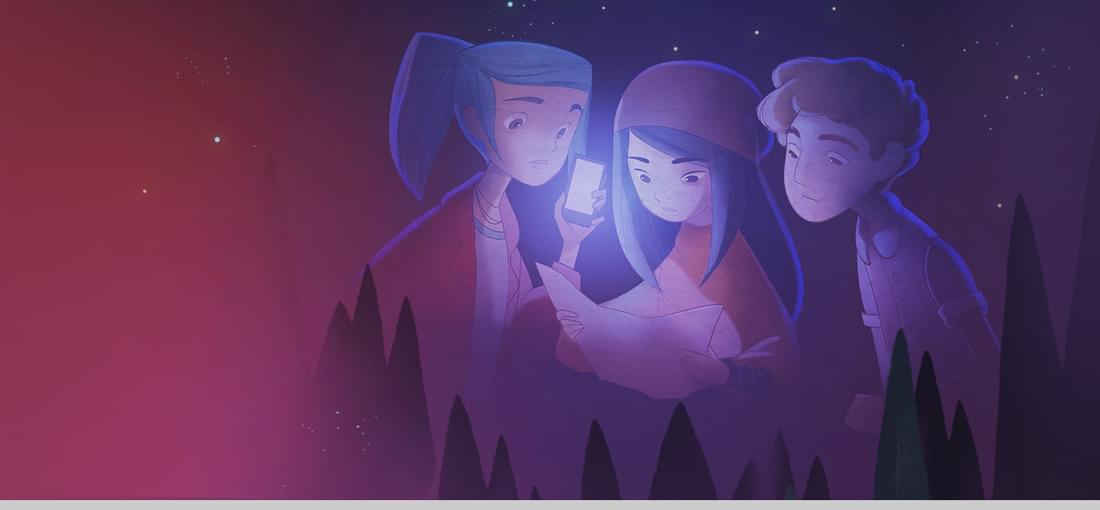
I'm going to start this review by laying out what I am going to talk about: The basic game mechanics, the setting and feel of the game, and my critiques and opinions of both. The basic game mechanics are you, the player, controlling your little Avatar, Alex, and moving her around on pre-defined paths across each map. While moving, you often have a companion that will follow you around and provide conversation and commentary, which you get to reply to, generally in the form of three "conversation bubbles" that provide different flavors of respones. There is also a radio mechanic where you activate your radio and attempt to dial in certain frequencies; this feature is mostly optional, as you can uncover a lot of hidden and cryptic content with this feature, but there are a couple points in the game where it is absolutely necessary to do this. (No spoilers from me!) The environment and map areas seem to be pre-rendered scenes, or even scanned paintings, which detail the setting nicely and fits with the stylization of the characters. I think the art style and its use is actually one of the strongest points of the game. Now, my following critiques may seem a bit harsh, but I do recommend that people give this game a try - it has some interesting points and isn't a bad narrative. That said, if you do not like the genre of games known as "walking simulators," you may not care for this. Your character is limited in exploration by the pre-defined paths, and if you think you miss something and you want to go back to explore in-depth, travel will seem slow and arduous. That said, the conversation in the game is believable and fluid, and I give the voice actors and writers a lot of credit - its' good. On the downside, it almost seems like this game was targeted for young adults, and you're going to need to have a tolerance for that kind of subject matter - prom, under-age drinking, etcetera. For all of this, your choices do matter, and the ending is not static.